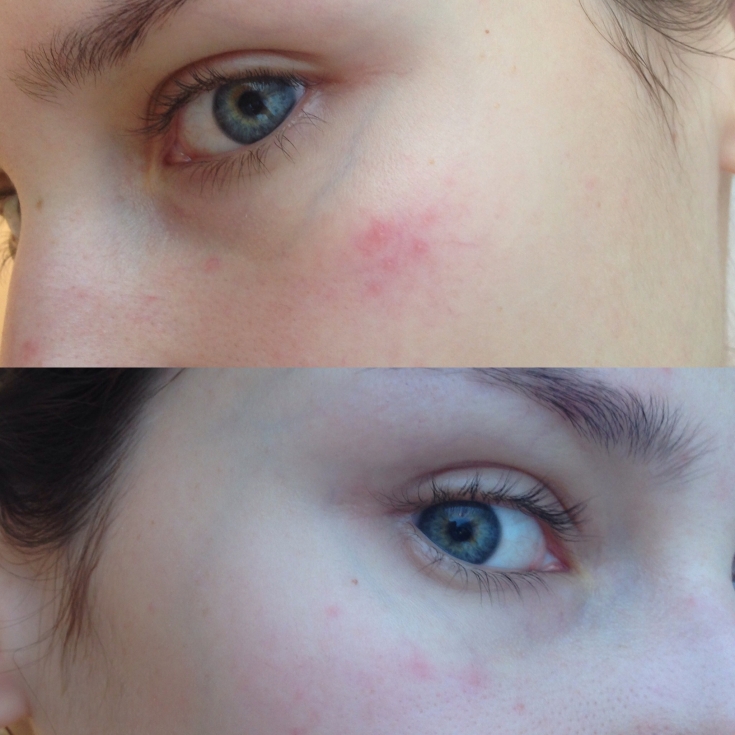Most women in puberty have experienced some form of acne. Most often, after the age of 25, spontaneous regression of acne occurs. However, experts are increasingly noting an increase in the number of patients with acne, which persisted even at 35 years old, and even later. Such rashes are characterized as late acne and, according to estet-portal.com, require special attention from a cosmetologist, since such a skin defect significantly affects the psycho-emotional state of women and worsens their quality of life.
Factors provoking and aggravating the course of late acne
Acne disease in patients older than 25 years is characterized as late acne. Approximately every fifth woman aged 26-32 observes acne on her chin a couple of days before the onset of menstruation.
Late acne most often occurs in mild or moderate form, localized in the chin, perioral zone, neck. Possible manifestation of post-acne in the form of hyperpigmentation and post-inflammatory scars.
Late acne rarely takes nodular-cystic forms, most often papules, papulo-pustular rashes predominate, sometimes comedones may appear.
Acne is a psychosomatic dermatosis, because against the background of acne, deep psychological suffering often occurs, which reduces self-esteem, worsens social, professional and personal life. The presence of acne elements for more than 5 years increases the level of anxiety, significantly worsens the quality of life.
Factors that aggravate late acne include:
• constant traumatization of the skin (attempts to squeeze out blackheads);
• frequent washing of the skin with soap, improper care;
• external adverse factors (particles of dust, exhaust gases);
• taking certain medications (corticoids, antidepressants, etc.);
• use of comedogenic cosmetics;
• smoking;
• the use of a large number of sweets, products containing «fast» carbohydrates.<
• hereditary hyperandrogenism;
• follicular hyperkeratosis;
• inflammation;
• microbial contamination.
Features of cosmetic care for late acne in women

Requirements for the components of medical and cosmetic products for late acne:• non-comedogenic;
• compatibility with prescribed drug therapy;
• soft action without irritation and dehydration of the skin.
| Sebo-regulating
|
Salicylic acid, zinc, vitamin A, green tea extract
|
| Keratolytic
|
Bodyaga, niacinamide, lactic and malic acids, sulfur, papain
|
| Anti-inflammatory
|
Bisabolol, allantoin, chamomile, calendula, sage, aloe vera extract
|
| Antimicrobial
|
Triclosan, miramistin, sulfur, fruit acids, extracts of rosemary, burdock root
|
| Antioxidant
|
Ginkgo biloba, selenium, vitamin E
|
Depending on the form of late acne and the condition of the skin, the age of the patient, the use of cosmetics is supplemented by salon cleansing procedures, hardware techniques.
Practical experience of using oxygen cosmetics for the treatment of acne on the face









Add a comment